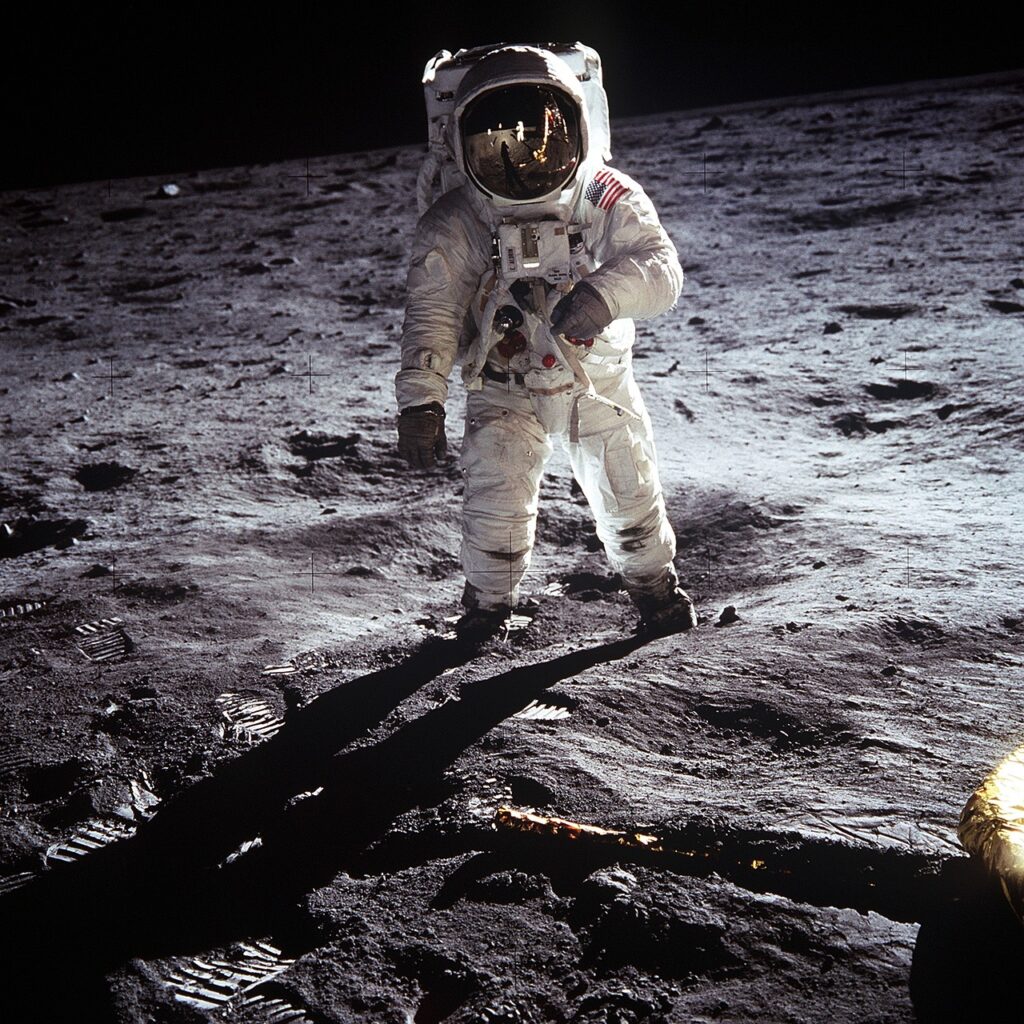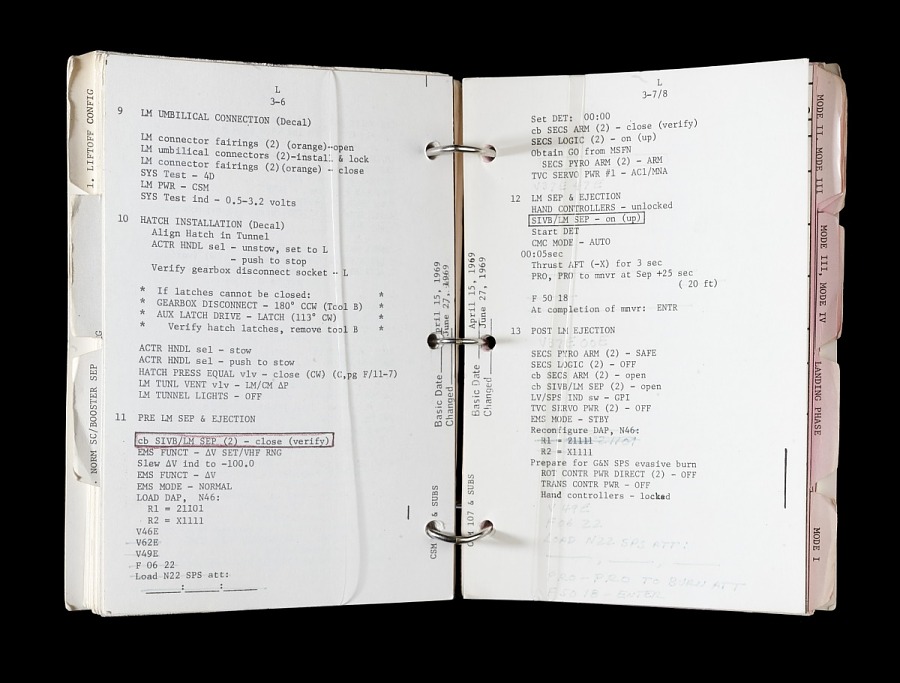
Recently, I discussed the five management lessons that we can learn from the Apollo lunar landing in 1969. Continuing on this theme, an article in The Chemical Engineer, “Houston-We have a checklist” a UK magazine that I write for, had an interesting take on the lunar landing and engineer checklists. I was intrigued, of course, as I periodically invoke Sherlock Holmes and the benefits of checklists for testing, analysis, etc.
The magazine article, written by Mark Yates, looks at the checklists used both at Mission Control and in space. He takes us through the Apollo missions where there could be two spacecraft both operating remotely 240,000 miles from Earth and out of communications contact with Earth for significant periods of time.
Checklists and cue cards covered everything from mission rules, abort criteria, emergency procedures and activation of backup systems in the event of a total failure of a primary control system for example. These checklists and procedures went everywhere. In fact, each Moon-walking astronaut would have a book of procedures strapped to his left wrist that he could follow out on the lunar surface.
In fact, all of the Apollo crews would each log over 100 hours familiarizing themselves with the numerous procedures and checklists. Apollo 11’s Command Module Pilot Michael Collins called them the “fourth crew member.” These checklists were also one of the first examples of digital computers and man being able to operate together seamlessly. One of the actual checklists used by the Apollo 11 crew is shown below:


Chemical Engineering Checklists
How do we use checklists in chemical engineering? We have many uses for them. For example, if you visit an earlier blog, you’ll find checklists and application details for filtration testing.
For AVA mixer and dryer testing, we use the following checklists:
- Measure bulk density
- Measure moisture content
- Measure wet cake
- Make sure to ground the dryer for electrostatic charges
- Measure RPM
- Record jacket temperature and product temperature
- Measure vapor stream
- Measure vacuum level
- Measure dry cake and drying time to develop drying curves
The Apollo missions were 50 years ago, but checklists are still critical for safe and efficient operations. Whether you’re an astronaut or an engineer!

